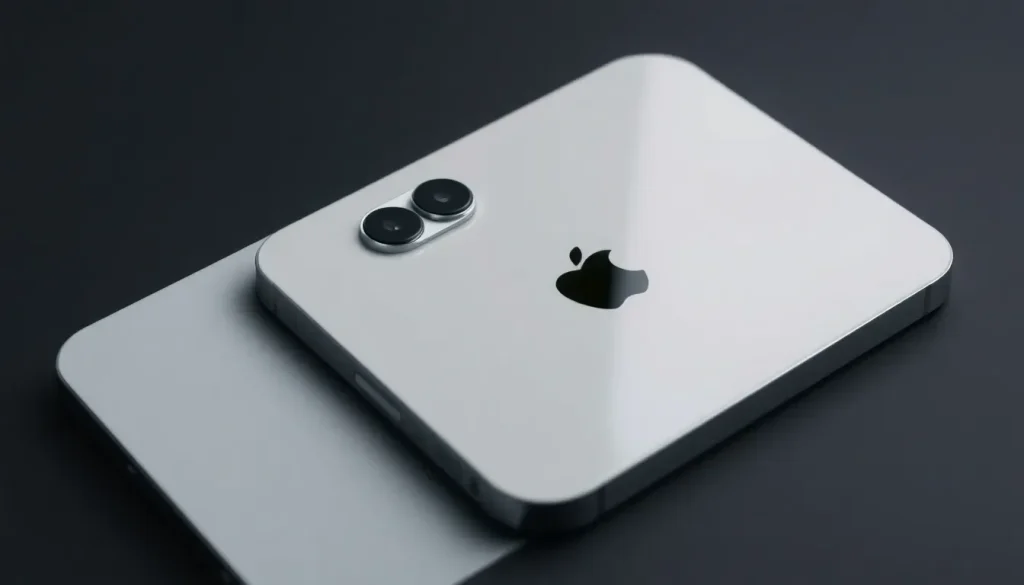iPhone 17 demand exceeds expectations as Apple plans 90 million units

The launch of the iPhone 17 series has surprised even the most cautious analysts due to its exceptionally high demand. According to a recent report from Morgan Stanley, the demand is “moderately stronger than we originally expected,” a sentiment that is reflected in extended delivery times on Apple's website and supply chain checks. As a result, Apple has found it necessary to increase production significantly, marking a notable moment for the tech giant.
Following infrastructure failures that affected Apple's website in China and payment issues in Spain, it seems the global market exhibits similar enthusiasm for the new iPhone. Apple must be delighted, as the outlook provided in September is now being confirmed by this latest note from Morgan Stanley.
iPhone 17 models driving unprecedented demand
The standout feature of this launch is the exceptional performance of the iPhone 17, along with the iPhone 17 Pro and Pro Max, which have been the primary drivers of demand from day one. In contrast, the ultra-thin iPhone Air has struggled to gain traction. This disparity clearly demonstrates what consumers are looking for and sets a trajectory for future product developments.
According to Erik Woodring, an analyst at Morgan Stanley, “It is likely that iPhone 17 production will increase imminently.” The projected production for the second half of 2025 is set to exceed 90 million units, up from the previous estimate of 84 to 86 million. This represents a remarkable increase of 7%, indicating a clear path towards potentially breaking sales records if this trend continues into the next iPhone launch.
Furthermore, Morgan Stanley has adjusted its stock price target for Apple, raising it to $298. However, they caution that the market has already begun to factor in some of the strong sales performance of the iPhone 17. In other words, an additional catalyst would be necessary to maintain a clear bullish trajectory in the short term.
The future looks bright: iPhone 18 and iPhone 18 Fold
Interestingly, analysts are not only focused on the current cycle but are already looking ahead to the upcoming iPhone models. With an eye on 2026 and 2027, Morgan Stanley anticipates that Apple will continue to increase shipping volumes due to two key factors: the solid foundation established by the iPhone 17 series and the anticipated launch of the long-awaited foldable iPhone, which is expected to debut in September of next year.
“iPhones are becoming outdated, and the biggest innovation from Apple in years is less than 12 months away,” Morgan Stanley analysts remarked.
This statement encapsulates the industry sentiment: while the iPhone 17 series is outperforming expectations, the real game-changer could be the iPhone 18 and the shift towards foldable formats. This raises an inevitable question: will this shift be enough to reignite the innovation cycle of the most famous smartphone in the world?
Despite sounding improbable, it appears that the industry is viewing Apple with renewed optimism. In addition to the excitement surrounding the iPhone 17, Apple has paused the development of its Virtual Reality glasses to focus on competing with Meta’s new Augmented Reality products and Google’s Android XR. They are keen to avoid falling behind, especially considering the delays they are experiencing in the AI sector as well.
Key features and consumer preferences
The iPhone 17 series boasts several features that have captivated consumers, including:
- Enhanced camera capabilities with improved low-light performance.
- Longer battery life, addressing a common consumer complaint.
- Improved performance thanks to the latest A17 chip.
- Innovative design that appeals to aesthetic preferences.
- New color variants that enhance personalization.
These features highlight Apple’s commitment to addressing consumer needs and preferences, which likely contributed to the strong sales performance observed since the launch.
The impact of global market conditions
Apple's strategy to boost production is further influenced by global market conditions, including:
- Increased competition from rival brands that are also innovating rapidly.
- Economic factors that affect consumer spending patterns.
- Supply chain challenges that can impact availability.
As Apple navigates these factors, its ability to adapt quickly will be crucial for sustaining its growth trajectory.
Looking ahead: Innovation in the smartphone landscape
As the smartphone market evolves, the expectation for groundbreaking innovations is mounting. The iPhone 18 and its potential foldable variant represent not just a new model but a shift in how consumers interact with technology. The anticipation surrounding this innovation suggests that Apple may be poised to reclaim its position as a leader in smartphone technology.
With the rollout of the iPhone 17 series exceeding expectations, the excitement for future models is palpable. As the industry watches closely, the success of the iPhone 17 will undoubtedly shape consumer expectations for years to come.
For more insights into the upcoming trends and consumer perspectives, you can check out this related video:




Leave a Reply